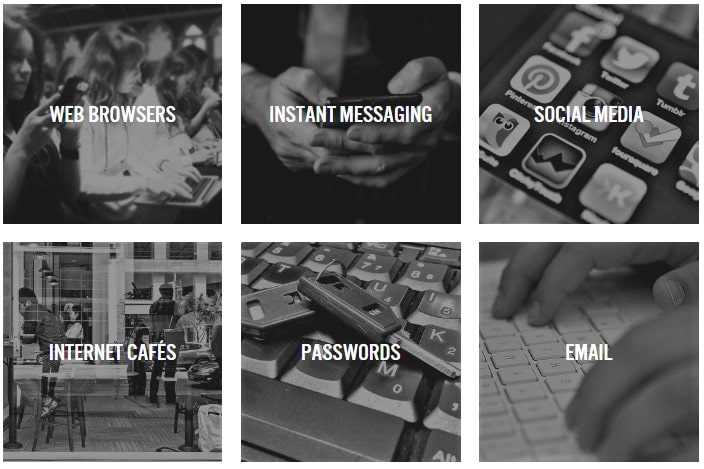The online hub created by Canadian Journalists for Free Expression provides information, best practices and links to resources about digital security that help Internet users protect themselves against online vulnerabilities.
This blog post was originally published on cjfe.org on 6 January 2017.
By Taryn Blanchard
Digital technologies have become extremely important to journalism work, but this also means there is a growing number of tools and platforms that can be used against journalists as means of surveillance, identification and harassment by states and non-state actors alike.
Protecting yourself no longer means just securing your physical safety; it must also include securing your digital safety. Any breaches to your online life put your physical life at risk.
When journalists are persecuted for their work, they often seek help from organizations around the world that operate emergency assistance programs specifically for them. If you find yourself in this precarious situation, it is important to be aware of the digital security risks that you face even when contacting these programs. The application process typically takes place over the Internet, so the act of applying for help can itself make journalists in distress vulnerable online.
Taking steps to eliminate or mitigate these risks will not only protect yourself during your search for help; it will also improve your digital security overall.
CJFE has created a resource that offers information, best practices and links to resources about digital security that help Internet users protect themselves against online vulnerabilities that can be exploited by motivated actors.
Although this resource was created with journalists in distress in mind, it benefits all Internet users who want to improve their digital security and practice safe behaviours online.
The resource has three main components:
1. Explainers: In order to know how to safeguard against digital vulnerabilities, it is important to understand how cyberspace actually works. What is the Internet? What is the difference between the infrastructure of mobile networks, computers and the Internet? How should you approach digital security?
Sections: What is the Internet?; Mobile Network Risks; Security Round-Up
2. Best Practices: Cyberspace is vast, and its many parts have different security requirements that need to be taken into account when protecting against threats. Using web browsers, instant messaging applications, social media and email all come with different types of risks, but there are many ways to eliminate or mitigate them. Your digital security can also be compromised in person, whether you are out in public spaces, using Internet cafés or in the presence of authorities who can seize and search your electronic devices.
Sections: Web Browsers; Instant Messaging; Social Media; Internet Cafés; Passwords; Email; Encryption Basics; Software, Apps and Add-Ons; The Authorities and You
3. Do More: Safely and securely contact an emergency assistance program if you are a journalist in distress, and learn more about digital security—whether you are a journalist, activist or other private citizen. CJFE’s resource is a great tool but there are many more resources to help Internet users available out there. This section collects many of these manuals, guides and tip sheets in one place for Internet users who want to do more research.
Sections: Applying for Assistance; Get in Touch; Learn More
The moment you enter cyberspace—whether creating a social media account, opening a web browser or application, or connecting to WiFi—you are exposed to risks both big and small that can be exploited by motivated actors.
If you are a journalist who is thinking about contacting an emergency assistance program, this resource will provide you information specifically to ensure you are not at even greater risk during the application process. If you have already contacted an emergency assistance program or just want to learn easy, common or important ways to secure your digital life, this resource will increase your awareness of the risks associated with the digital tools and platforms you use.
Cyberspace can help people around the world do amazing things: bring knowledge and tools to all corners of the globe, hold governments and powerful corporations accountable for their actions, and exercise our fundamental rights to freedom of expression and speech. By educating ourselves and practicing safe behaviours online, we can make sure those who would violate human rights and hoard power do not have an easy time putting journalists, activists and all Internet users at risk.
Many thanks to Open Technology Fund, whose generous funding made this resource possible.
The resource is currently available in English and plans are underway to translate it into French and Arabic.
Taryn Blanchard is CJFE’s Programs Coordinator.



